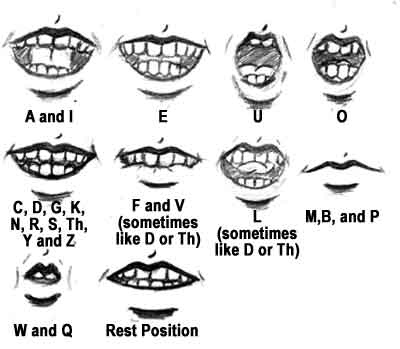A new resource to help students to learn the early stages of phonic spelling, the Spellzone Starter Course is an entry-level resource aimed at older students who are still struggling with basic spelling concepts, Primary pupils, and lower level users of English such as ESL and EAL students.
Teachers have used phonics as a method for teaching reading since Victorian times! Look at a photo of a Victorian classroom and you will see rows of children being taught to sound out letters to make words such as ‘cat’. Move forward to the 21st century and you still see children sounding out phonemes (sounds) and blending them to read (or the reverse - segmenting the phonemes and turning them into graphemes to spell).
 The government is quite right to support the teaching of systematic synthetic phonics in schools, and the forthcoming matched funding initiative for KS1 Phonics materials will be a welcome boost for many schools who need to invest in phonics resources at this level. It will also be a bonanza for the publishers who have got their programmes selected for the catalogue of approved resources to be released by ESPO later this year. However, for many of the people who really count – the children being taught, and especially those who are struggling with reading and who are therefore most at risk from educational failure – this “solution” misses the mark completely: like the nightmare scenario of a top exam candidate, it’s the right answer to the wrong question.
The government is quite right to support the teaching of systematic synthetic phonics in schools, and the forthcoming matched funding initiative for KS1 Phonics materials will be a welcome boost for many schools who need to invest in phonics resources at this level. It will also be a bonanza for the publishers who have got their programmes selected for the catalogue of approved resources to be released by ESPO later this year. However, for many of the people who really count – the children being taught, and especially those who are struggling with reading and who are therefore most at risk from educational failure – this “solution” misses the mark completely: like the nightmare scenario of a top exam candidate, it’s the right answer to the wrong question.
For many of these children, a high percentage of whom are among the dyslexic 10% of the population, the question to ask is not “Why can’t they blend the phonemes?”, but “Why can’t they see them?”. The answer is because they suffer from Visual Stress, which causes the image of the printed text on white paper to blur or appear to move around on the page. According to research from Essex University, Visual Stress may be the result of “cortical hyperexcitablity”: specific cells in the Visual Cortex over-reacting to particular wavelengths of the colour spectrum which are specific for each individual. Filtering out the wavelengths causing the problem enables the brain to “see” the words clearly.

A community-driven platform for showcasing the latest innovations and voices in schools
Pioneer House
North Road
Ellesmere Port
CH65 1AD
United Kingdom